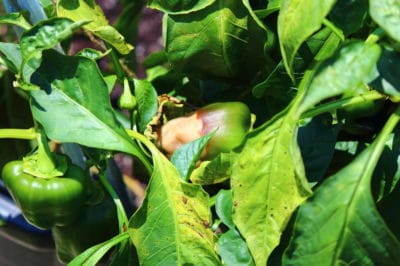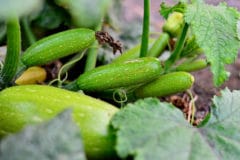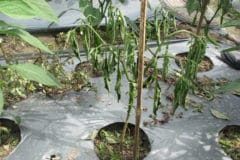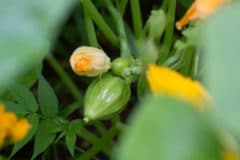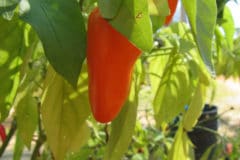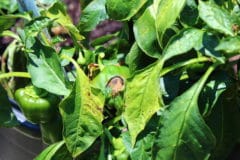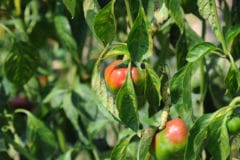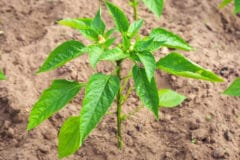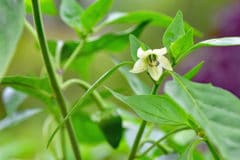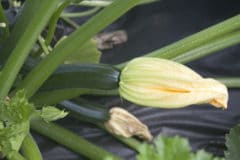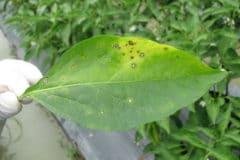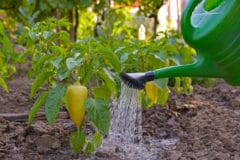Understanding Blossom Rot
It begins as a patch of yellowing on a rapidly expanding pepper fruit. The spot starts to sink in slightly, this is the pepper plant breaking down from the nutrient deficiency. Soon the spot enlarges and turns a deathly shade of brown. Sometimes the entire pepper will turn brown instead of ripening to its natural color. In extreme cases, this brown spot may even go soggy and become a mess.
The browning is an indication that fungi have attacked the vulnerable and affected area of the fruit. If it’s soggy, it could be a bacterial infection. Once a fruit is vulnerable, all kinds of pests move in.
The lack of calcium in the plant tissue could be indicative of a lack in the soil. It could also be a breakdown of the nutrient delivery systems of the plant. Some reasons blossom rot occurs include:
- Under or Over Watering
- Excess Nitrogen
- Excess Fertilizer
- High Salt Concentrations
Preventative Actions
Various strategies exist for preventing Blossom Rot on your pepper bottoms. The first important aspect of pepper care that can lead to rot if mismanaged is watering. Water stress caused either by dryness, wetness or alternating periods of both, can cause a breakdown of systems leading to a calcium deficiency.
The other important preventative measure is using a living, aerobic, and biologically active soil. By using inoculants of fresh aerobic compost and applications of aerobic compost tea, you are nurturing the soil ecosystem which itself can regulate and make available to plants nutrients such as calcium.
Do not apply fertilizers containing ammonia to your soil. These fertilizers can deliver a quick nitrogen boost, but they can also reduce a plants ability to take up calcium.
Combating Blossom Rot
Regulate your water to 2-3 inches per week and adjust for rainfall. Water on a schedule to avoid dousing them all at once. Immediately refrain from applying fertilizer with ammonia as a nitrogen source.
If the rot is significant, thin out the most affected fruit to allow the plant to put energy into just a few fruits. Apply a spray of Epsom salt solution to the entire plant. Other ways of introducing calcium include amending the soil with eggshells, gypsum, or lime.
